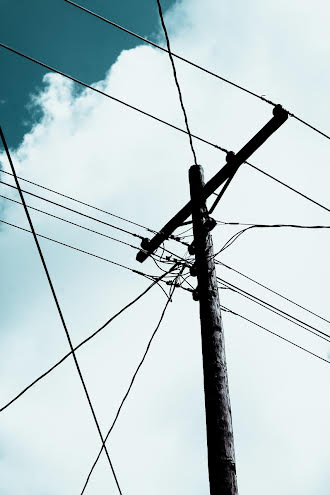An Ohio House committee unanimously passed legislation last week allowing electric utilities to charge customers to fund energy efficiency programs designed to reduce electricity consumption.
Residential customers would have limited ability to opt out (the bill creates a three-week window to do so per five-year program cycle) of the maximum $1.50 per month utilities can use to fund the energy efficiency programs. The money would go toward consumer rebates on things like certified smart thermostats or efficient appliances designed to reduce electricity use.
Under the bill, utilities could voluntarily apply to state regulators to launch such a program and would be required to demonstrate energy savings of about 0.5% per year.
The legislation would reincarnate, in more modest form, a similar program requiring reductions of 2% annually that lawmakers eliminated in scandal-plagued 2019 legislation. Passage of that bill is now at the center of a political bribery investigation and prosecution that has yielded an admission of guilt from utility company FirstEnergy Corp. and an indictment of the former Speaker of the House, who has pleaded not guilty.
House Bill 389 is backed by Republicans, Democrats, environmental advocates, and utility companies themselves.
“The cheapest energy is the kind that doesn’t get used,” said House Majority Leader Bill Seitz, R-Green Twp., introducing the legislation in September.
It’s opposed by the Ohio Consumers’ Counsel, an independent state agency that operates as a watchdog for residential electricity customers. OCC argued the legislation provides an overly generous revenue stream for utility companies for little gain in return. To a lesser extent, an association representing Ohio’s manufacturing committee voiced opposition as well.
For it
The basic idea behind energy efficiency programs is to use ratepayer money to pay utilities to sell less net electricity. The utilities are made whole and the state’s fossil footprint shrinks.
“It is critical — for our health, our environment, and our wallets — that energy waste reduction programs are put back in place in the state,” said Miranda Leppla, vice president of energy policy for the Ohio Environmental Council Action Fund in a statement after the committee vote.
“HB 389 takes an important step in the right direction to put Ohio back on track toward energy and bill savings after HB 6 repealed critical and effective energy-saving programs.”
Rob Kelter, an attorney with the Environmental Law and Policy Center, said in a previous interview that while HB 389 sets a more modest reduction goal than the pre-2019 status quo, it’s a better designed program with more energy reduction per dollar spent.
On top of the efficiency, Kelter argued the policy’s demand reduction produces a secondary effect of driving energy costs downward — another win for customers.
Against it
The free market can create the efficiency effects of the legislation, without handing over millions to utility companies along the way, the OCC argued to lawmakers.
If Ohio seriously wants to reduce greenhouse gas emissions, OCC said it should end a stream of hundreds of millions in consumer-funded subsidies to dirty coal plants (which are owned by utility companies) that was codified in the same legislation that killed Ohio’s original efficiency program.
OCC criticized a limited 21-day opt-out period for a five-year energy efficiency program, and a provision that gives utility companies ability to withdraw their efficiency plan if they don’t like the changes that state utility regulators demand before giving it the green light.
Both the OCC and the Ohio Manufacturer’s Association also raised concern to lawmakers about a piece of the bill that allows utilities to claim the consumer fees against “lost distribution revenues.” As OMA put it, this allows a utility to collect revenue on electricity reductions “that its efficiency programs did not impact.”
Both Seitz and co-sponsor Rep. Dave Leland, D-Columbus, did not respond to inquiries about the lost distribution revenue provision. However, Kelter said the intent of the bill is to make utilities whole for losses they sustain in launching a voluntary efficiency program. He said a reading of the bill in its totality undercuts the OCC/OMA interpretation of the “lost distribution revenues.”
The legislation is now in the hands of House leadership, who will decide when and if to put the bill up for a vote. It would then need Senate and gubernatorial approval to become law.





